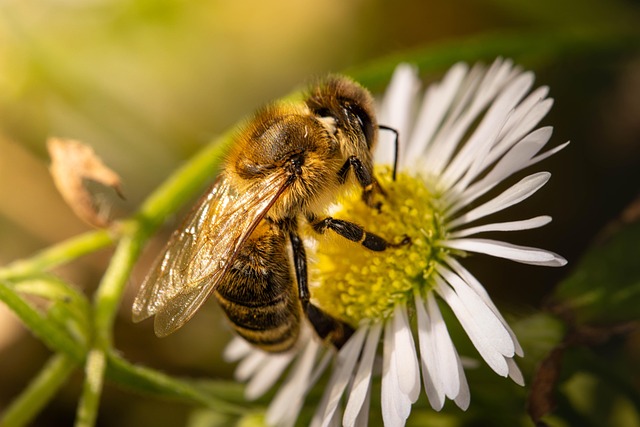When my daughter, Ava, turned two and a half, she frequently declared—often at a volume that could shatter glass—“I have to be pretty!” This proclamation dictated her wardrobe choices, leading to an aversion to pants in favor of pink shirts and dresses. My initial reaction was to push back, reminding her that wearing a dress would hinder her ability to climb at the playground. “I don’t want to climb. I have to be PRETTY!” she’d insist.
I initially attributed her fixation on beauty to the well-meaning but misguided comments from strangers, who would exclaim, “What a pretty pink dress!” I felt frustration towards these individuals for encouraging her to prioritize appearance and for exposing her to a society that frequently comments on female looks—a precursor to more significant issues like sexual harassment.
As Ava’s obsession with being pretty grew, it became clear to me that this was not mere conditioning but an essential part of her identity and expression of femininity. My perspective as a mother steeped in feminist ideals shifted; my role was not to fight against the tide of pinkness that saturates girlhood but to support her fascination with all things feminine while also addressing the problematic aspects of gender-targeted marketing. This challenge required me to confront my own biases regarding femininity.
Growing up in a conservative Scottish household in the 1980s, I didn’t consciously understand feminism, yet I was surrounded by a culture that valued tomboys while dismissing girly girls. I envied the girls at school who embraced pinks and My Little Ponies, yet felt compelled to align with the rejection of femininity. I mocked girls for their dresses and accessories, unknowingly perpetuating a culture that devalued femininity.
This internalized femmephobia affects many; girls who embrace traditionally feminine traits often find themselves judged as less capable or intelligent. While I’ve since recognized this mindset as toxic, I found myself hiding Ava’s tutu due to discomfort with the attention it drew. The real issue wasn’t the tutu or the pursuit of pretty; it was the societal imposition of a narrow beauty standard that often excludes individuals who don’t fit a specific mold.
What I overlooked was that Ava’s concept of “pretty” was not tainted by these societal distortions. For her, pretty is synonymous with adornment: colorful dresses, sparkly hairbands, and vibrant jewelry. When she says, “Mommy, you’re not pretty today,” she simply means I should wear brighter colors, and when she declares, “I’m the prettiest,” she’s not boasting, but simply noting her outfit’s abundance of necklaces. In her world, everyone is pretty, and I long for us to share her liberating definition of beauty.
Yet, I know this journey won’t be easy. As Ava grows, she’ll be confronted with societal views that designate who is considered pretty and who is not. I anticipate the challenge of helping her navigate this landscape and redefine what pretty means in a more inclusive sense. For now, I’ll hold on to the lesson she’s imparted: that pretty is an act of creativity and expression, not an intrinsic quality, and there’s nothing frivolous about it. Importantly, the tutu is not the issue.
This article first appeared in Home Insemination Kit. For more insights on parenting and fertility, consider checking out Fertility Boosters for Men and BabyMaker at Home Insemination Kit, as they provide valuable resources. For further information on pregnancy, visit WHO’s pregnancy resource page.
Summary:
Ava’s innocent declarations about wanting to be pretty challenged my perceptions of femininity and societal beauty standards. Instead of resisting her love for all things girly, I learned to embrace it while critiquing the harmful aspects of gendered marketing. Her understanding of beauty is refreshing and liberating, highlighting the need to redefine pretty beyond societal constraints.
Keyphrase: Embrace Self-Expression in Parenting
Tags: [“home insemination kit” “home insemination syringe” “self insemination”]
